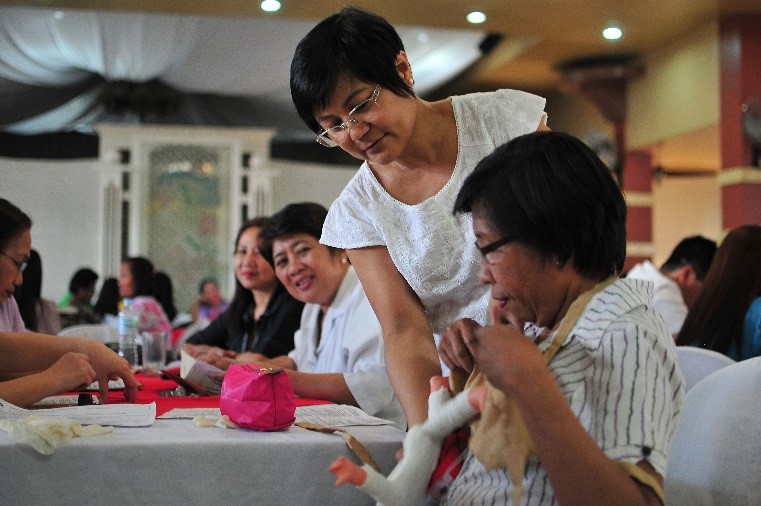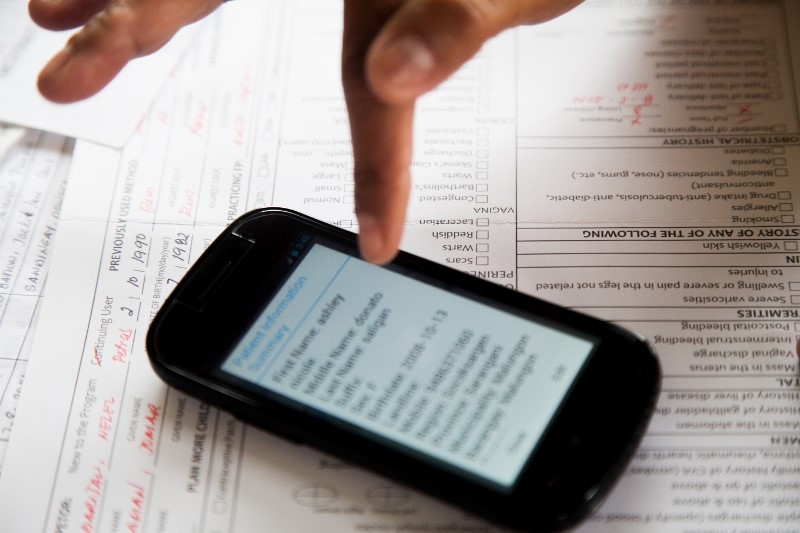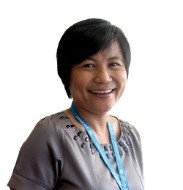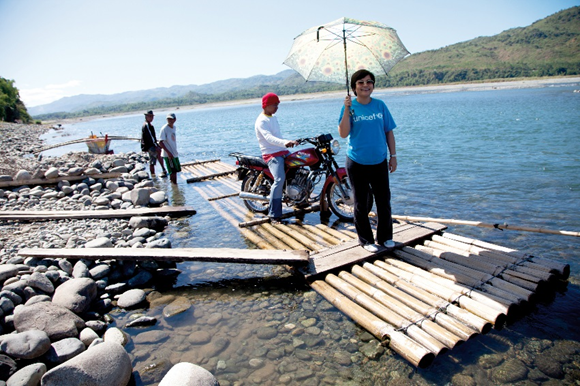By Dr. Mariella Castillo
As a maternal and child health specialist, I work to ensure that programs for mothers and children give every child the best possible start in life. In my work throughout the Philippines, I am continuously reminded that unless we maximize the roles of midwives and nurses as members of the healthcare system, we will fail to achieve the Sustainable Development Goals (SDGs).
In the Philippines, UNICEF supports the government’s Unang Yakap or First Embrace program to bring the country one step closer to reaching the Global Goals. Launched in 2012 in partnership with Johnson & Johnson, the program promotes newborn care, maternal health, and breastfeeding to rapidly reduce preventable maternal and newborn deaths in the most disadvantaged parts of the country.

The First Embrace program focuses on strengthening existing health systems by providing protocol training to health workers, nurses, and midwives. One woman gave me a first-hand view of the true purpose of this training during a monitoring visit to Lebak, Sultan Kudarat, in the southern part of the Philippines.
Gina, 20, had given birth to her first baby in the town’s main health center. She started feeling labor pains around 7 in the morning and did not deliver until after 10 o’clock that night. In many situations, a woman experiencing such a long labor might receive unnecessary medicines or procedures to “speed up” her delivery, possibly endangering both mother and infant. But Gina was skillfully coached throughout her labor by a midwife who had attended a First Embrace training. Together with other doctors, the health workers by her side monitored contractions and told Gina to push only when the contractions came. I was impressed by the patience of the midwife in supporting Gina in a way that was respectful of her needs.
As the First Embrace protocol requires, when Gina’s baby boy arrived, he was immediately placed on her chest for skin-to-skin contact until he was able to breastfeed. Gina delivered in the position most comfortable for her, while her husband stayed with her through both labor and delivery. It was a beautiful experience to witness the bonding between mother and child that will help them both thrive in the days and years to come.

Whether inside or outside of the delivery room, UNICEF and J&J are also equipping midwives with the technology to monitor their patients’ progress and advocate for increased resources. In the southern province of Sarangani, 30 rural midwives have received specially configured mobile phones that allow them to “encode” patients’ records and then “upload” them to the municipal health office database. This mobile platform, called rCHITS, “real-time community health information tracking system,” provides municipal health officials and local leaders with the data needed to make more informed decisions when allocating funds for health services in their communities.
During visits to far-off villages, rCHITS also makes it possible for midwives like Wenina to access each patient’s medical history without having to bring physical documents.
First Embrace and rCHITS exemplify how midwives and community health workers are indispensable to creating the universally healthy communities the Global Goals strive for. By investing in training for health workers and collecting data for informed decision-making, the possibilities could be endless.
Featured image: A light bamboo raft is the only way to transport people and two-wheeled vehicles from the town of Bucay to the indigenous Tingguian village of Abang on the Abra River. ©UNICEF Philippines/KPalasi
The Author:
 Dr. Mariella Castillo
Dr. Mariella Castillo
Maternal and Child Health Specialist
UNICEF Philippines
